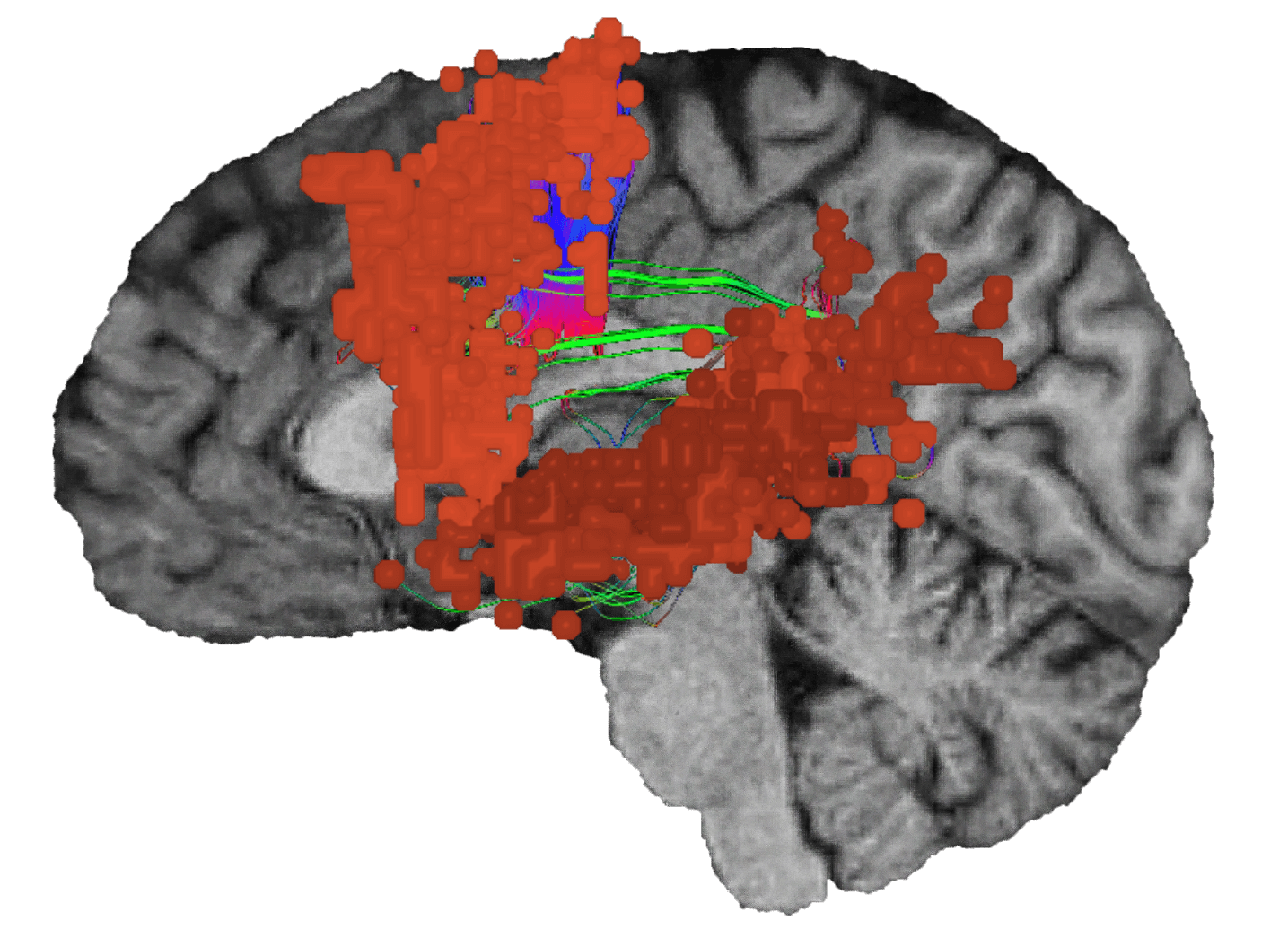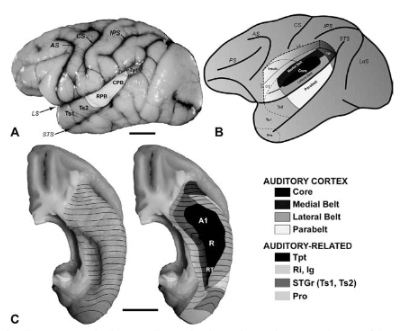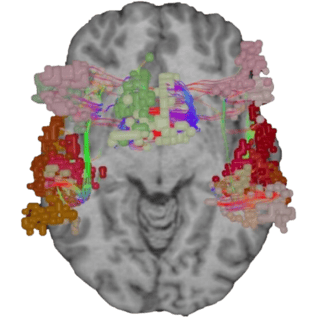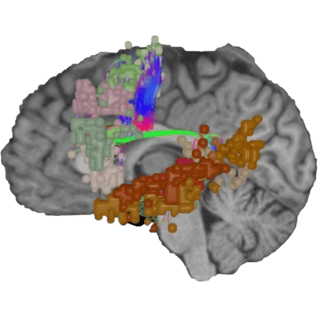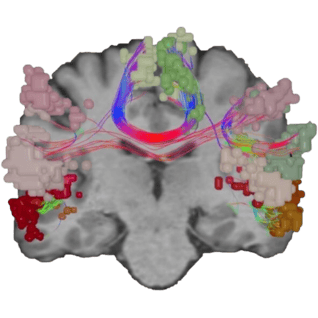What is the auditory system?
In the human brain, the auditory system is known as ‘the amplifier’.
When you hear something new or are interpreting the sounds in your daily life, the auditory system guides this interpretation, determining the sensory qualities of these sounds, and deciding whether a response is required.
The human auditory system is found bilaterally in the brain, first discovered in the early 21st century through a collection of imaging investigations that aimed to discern the discrete location of where sound is processed in the brain. Despite not forming part of the 7 major networks, the auditory system remains critical to assigning attention to auditory information and guides several core processes, including:
- Discriminating auditory information
- Interpreting incoming speech
- Determining volume, frequency, and onset time of auditory information
- Decoding melodies
- Interpreting grammar and inflexions in speech
- Establishing relationships between sounds and our daily environment
